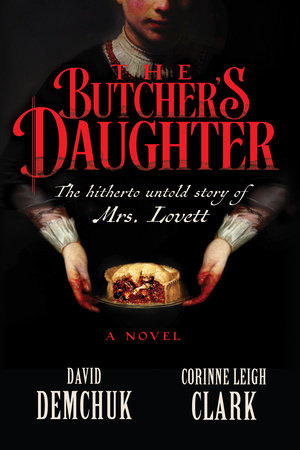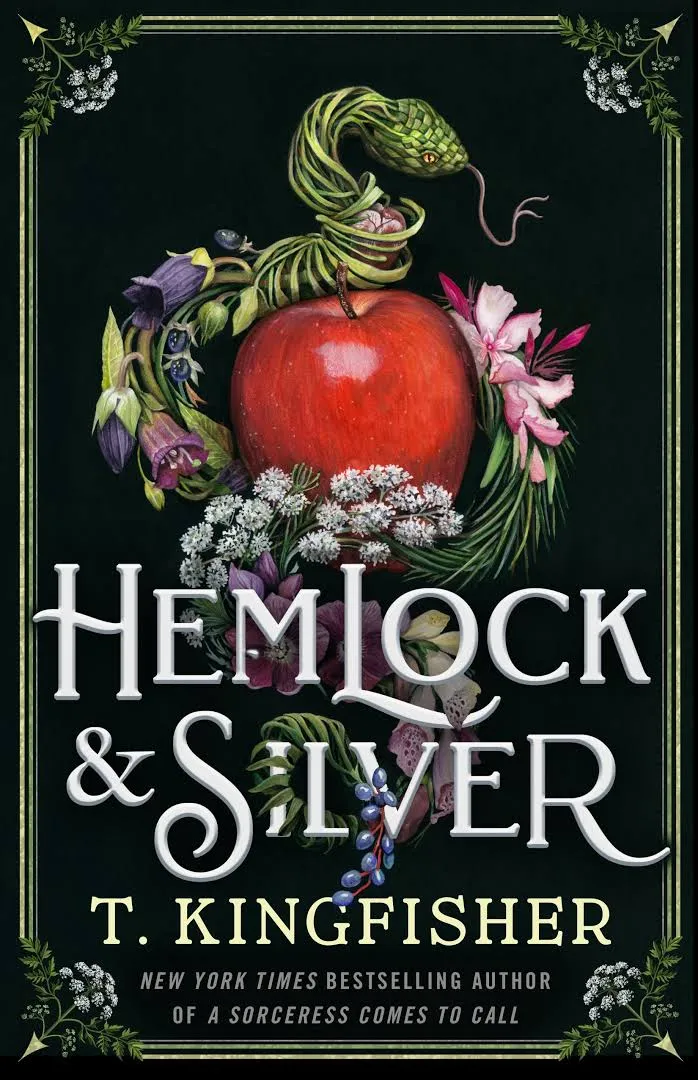A Conversation with the Comma Queen
- Chyina Powell

- Sep 28, 2021
- 3 min read
I have discussed before the benefits of conventions and conferences, regardless of your discipline and late last month, I went to another Sigma Tau Delta convention in Cincinnati, Ohio. There I got to meet Mary Norris, the Comma Queen. For those of you who do not know, Mary Norris is an editor at The New Yorker. She has worked there for over thirty years and still remembers her first catch, the first time she caught a mistake. Isn’t that amazing.
Norris works mainly with nonfiction pieces, usually articles. She gave some great advice as well as some hilarious anecdotes about her love of cows. So, I’m going to try and summarize what she said to the best of my ability here in this post.
As an editor, your job is behind the scenes. Readers don’t remember editors or typesetters or anyone other than the author and the publisher. That is okay, that is how it is meant to be. Editing was not meant for those who want to stand in the spotlight. Norris said, (I am paraphrasing) “Don’t go into editing if you want people to recognize you.” It is one of those few professions that is really only for those who love doing the job, those who love reading and the written word. The only way an editor gets notices is if they make a mistake. So, you have to be willing to accept that. Give it time and people will come to appreciate you. But it is a gradual process.
For the would-be writers:
As the queen of punctuation, Norris did give a talk on various types of punctuation afterwards. These are all things you can learn from various style books such as The Elements of Style or The Copyeditor’s Handbook but I will list them just for the fun of it.
The semicolon. When it comes to being used in a series, it is like an industrial strength comma. But be cautious, don’t use a semicolon simply because a sentence is long. And if it can be two sentences, make it two. Don’t use a semicolon simply because you believe it helps you look scholarly.
Punctuation should go in the order of strength. (This is true with most style books but it may depend on the in-house style of your particular publisher, as well.) What does that mean? Don’t try to use a semicolon after an em dash. It’s foolish.
In order to better understand English grammar and punctuation, you may want to take up a foreign language. Although it seems counter-intuitive, many of the Romance languages have simple grammar rules that can help you learn some important rules for English. One such rule is that it is “you and me” not “you and I”.
When you’re confused about apostrophes, recast the sentence so you don’t have to use them.
The word “none” can take a plural verb.
Written word shouldn’t be so distracting that the reader cannot absorb the content. This is very important for those who seek publication. You may have a great story or play or collection of poems but if the slush readers who pick it up can’t get over the formatting and the punctuation, you shall be rejected. The same is true when you are pitching a story to an agent. You may have the makings of the next Lord of the Rings series but if they can’t make it through the sample you send, it will never get published.
One tip from me to you: Write the way you speak. Finish it off and then make it sound better.
If you’re a journalist: avoid clichés. Don’t try to show off.
And if you are a writer of fiction: It’s voice over usage.
For all writers out there: An editor’s suggestions are still only suggestions. If you are confident about a stylistic choice, stand by it.
But do remember that editors have good ideas.
There you have it, from the mouth of Mary Norris to your ears.
“First we get the rocks out, then we get the pebbles out, the we get the sand out. And the author’s voice slowly rises.”
~Mary Norris
You can purchase her book, Between You & Me: Confessions of a Comma Queen on Amazon or at any traditional bookseller.
And feel free to familiarize yourself with the queen of punctuation here. And while you are at it, I highly suggest you look at other New Yorker videos. Don’t worry, this isn’t a sponsored post, I just think they are fun and often helpful.




Comments